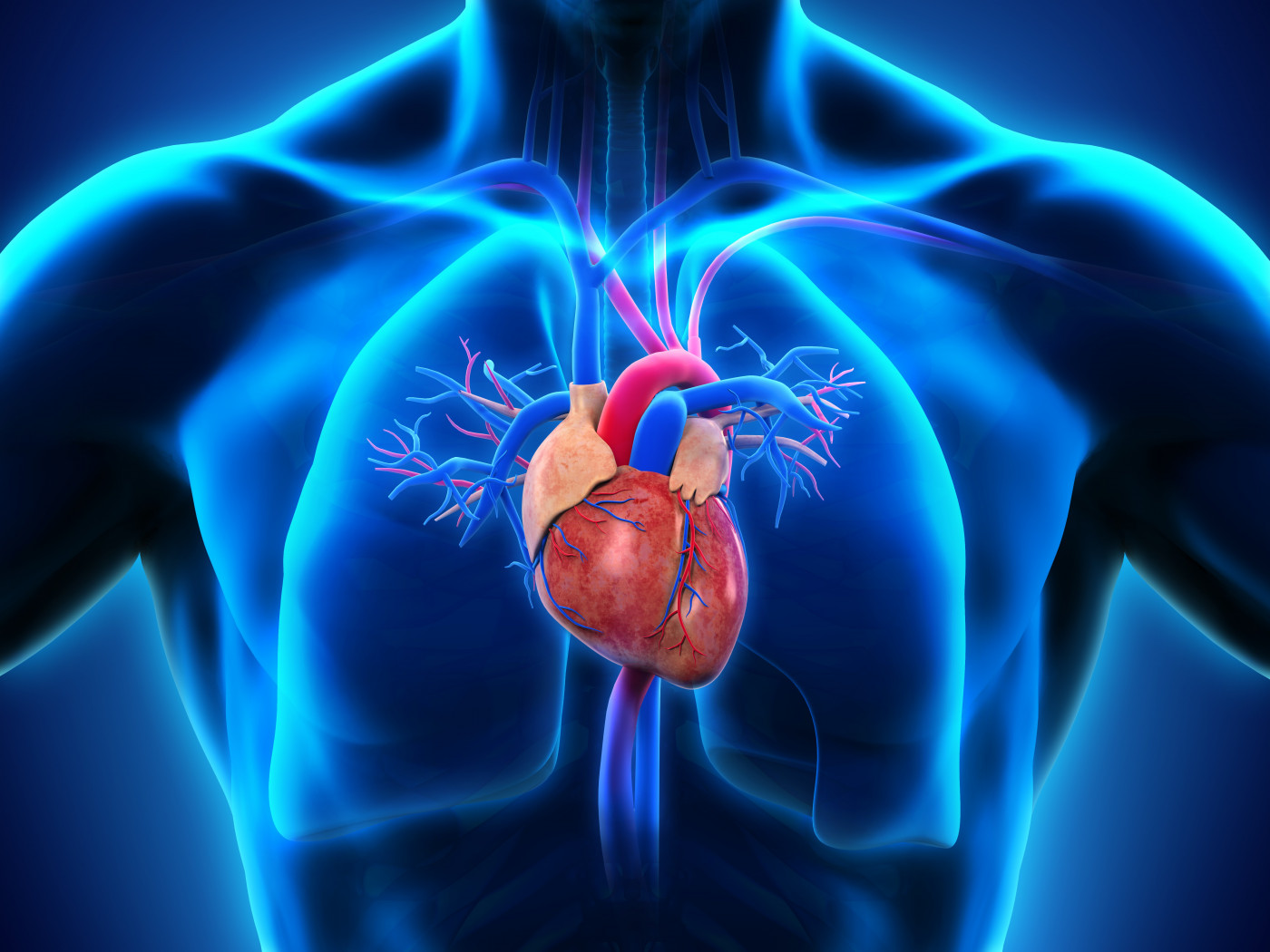Using INOpulse Nitric Oxide Device Improves Blood Flow in Lungs in PH-PF, New Trial Data Suggest

Use of Bellerophon Therapeutics’ INOpulse device — which provides nitric oxide to the lungs — significantly improved parameters related to blood flow in the lungs in people with pulmonary hypertension associated with pulmonary fibrosis (PH-PF), top-line data from a clinical trial show.
PH-PF is associated with a narrowing of the blood vessels, called the pulmonary arteries, that carry blood from the heart to the lungs. This condition raises the blood pressure within these arteries, and leads to problems with the heart’s right ventricle — which pumps blood to the lungs — and an overall decrease in cardiac output, or the amount of blood the heart can pump.
INOpulse is a treatment that employs inhaled nitric oxide (iNO), which acts as a vasodilator, or a compound that induces the widening of blood vessels. Such widening decreases blood pressure and allows more blood to flow.
The device, the size of a paperback book and weighing approximately 2.5 pounds, is designed to be portable for use by ambulatory patients on a daily basis inside or outside their homes, according to Bellerophon.
The Phase 2b PHPF-002 clinical trial (NCT03727451) is a two-part study designed to assess INOpulse’s pulmonary hemodynamic (blood flow) benefits, that is, how the treatment affects the flow of blood from the heart to the lungs.
In part 1, the first four patients with PH-PF (cohort 1) were treated with iNO at escalating doses of 30, 45, and 75 mcg/kg ideal body weight (IBW)/per hour (mcg/kg IBW/hr). A second group of four patients were treated with escalating doses of 45, 75, and 125 mcg/kg IBW/hr.
All participants will have the option to enroll in an open-label extension study — Part 2 of the trial — in which iNO will be given at the optimal dose as determined in Part 1.
The top-line results from the first part showed that pulmonary vascular resistance, which is a measure of how hard the heart has to work to move blood through the pulmonary arteries, decreased by an average of 21%. This improvement was seen particularly in those treated with the 45 mcg/kg IBW/hr dose, compared with iNO at a 30 mcg/kg IBW/hr dose.
In addition, the mean pulmonary arterial pressure, which is the blood pressure in the pulmonary arteries supplying blood to the lungs, decreased by 12% with INOpulse treatment.
Regarding safety, INOpulse was well-tolerated in the study, with no safety concerns across the doses tested.
“The hemodynamic dose response data generated in PHPF-002 validate the pulmonary vasodilatory capability of INOpulse, confirming the therapeutic benefit of iNO30, and supporting further benefit on iNO45,” Fabian Tenenbaum, the CEO of Bellerophon, said in a press release.
Tenenbaum also noted that these data “are consistent with the compelling results from Phase 2 of our iNO-PF chronic study, in which all iNO doses demonstrated meaningful benefits in activity parameters and in which iNO45 also provided important benefits in patient reported outcomes.”
The results from that iNO-PF clinical trial (NCT03267108), previously reported, showed participants “were both functioning better and feeling better,” after INOpulse treatment, Tenenbaum said.
In summary, those findings showed that patients receiving iNO45 showed an average significant improvement in moderate-to-vigorous physical activity — walking, climbing stairs, yard work, and other similar tasks — of 14 minutes per day. That was an improvement of 20% compared with placebo treatment.
There also were improvements in self-reported quality of life, as assessed by the St. George Respiratory Questionnaire, and reduced shortness of breath, shown by a five-point improvement on the University of California, San Diego Shortness of Breath Questionnaire.
“The benefits demonstrated in our multiple Phase 2 studies support INOpulse’s support INOpulse’s potential to become a transformative therapy for PH-PF patients,” Tenenbaum said.
Based on these promising results, Bellerophon plans to advance the development of INOpulse into Phase 3 trials.
“We look forward to further assessing the benefit of INOpulse in our upcoming pivotal Phase 3 study,” Tenenbaum concluded.







